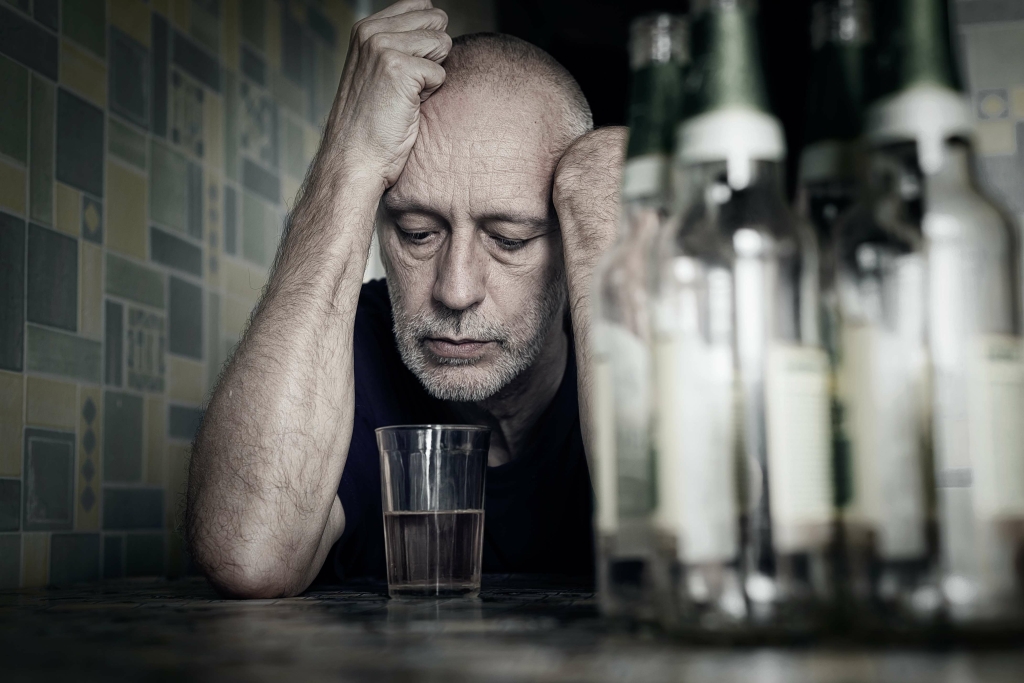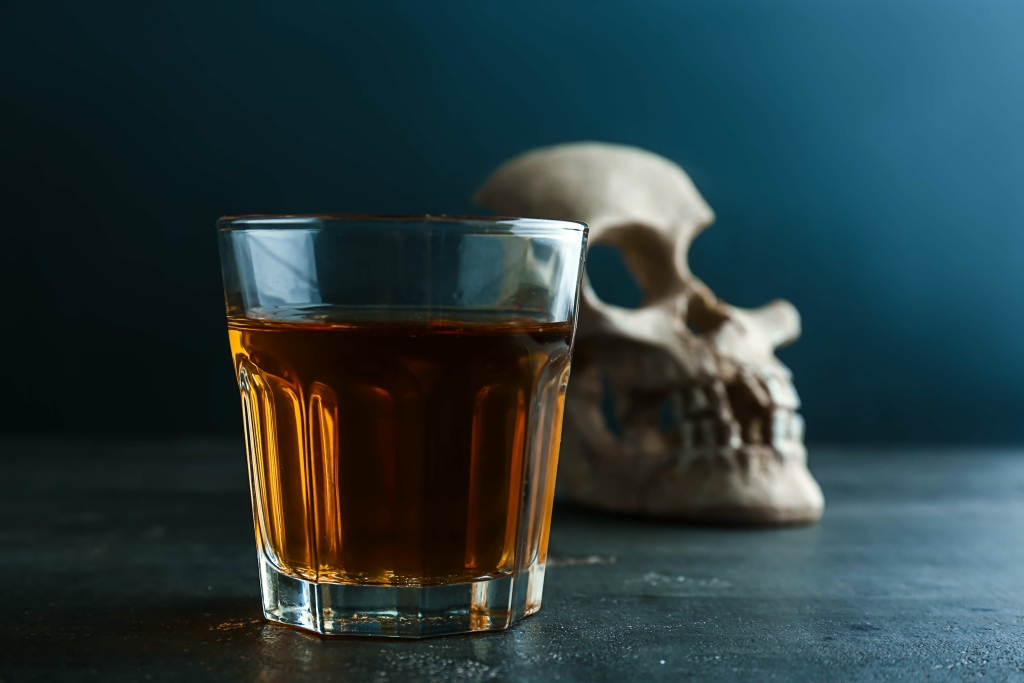Social Drinking vs Problem Drinking Health Encyclopedia University of Rochester Medical Center
Les injections de stéroïdes : ce que vous devez savoir
March 11, 2024Pharma Test Oil Base 100 mg Pharmacom Labs ¿cuáles son las características?
March 19, 2024Social Drinking vs Problem Drinking Health Encyclopedia University of Rochester Medical Center
This definition is helpful as a starting point, but it doesn’t tell us anything about how much alcohol a person is actually drinking. The rehabilitation program will likely include both behavioral and pharmaceutical therapy. Common types of behaviors therapy include cognitive-behavior therapy, motivational enhancement therapy, and marital and family counseling therapy.
Loving Your Loved Ones: Key Fentanyl Addiction Symptoms and How to Respond
Some established names, such as famous author and online creator John Green, have also taken to social media platforms like TikTok to tackle these claims head-on, with many making direct responses to popular videos promoting the consumption of raw milk. Some also claim that they have been drinking it for years without illness, that they believe drinking it has cured their lactose intolerance and other health conditions, or that the raw milk contains vital nutrients and ingredients that are done away with by pasteurization. Raw milk has also made headlines separate from bird flu in recent months, with local health agencies https://edutechinsider.com/top-5-advantages-of-staying-in-a-sober-living-house/ putting out warnings about specific products. In Pennsylvania, officials advised those who purchased raw milk from April through early May to discard it due to Campylobacter contamination, while Washington saw an E. EPA has taken over 100 SDWA enforcement actions nationally against CWSs for violations of Section 1433 since 2020, which was the first deadline for systems to develop and update their RRAs and ERPs. These enforcement actions have been based on various findings, including failure to certify, and not addressing the statutorily required elements in the RRAs and ERPs, which include looking at cyber threats.

What Is the Difference Between an Occasional Drinker vs a Social Drinker?
Both forms of drinking can be done responsibly, but it’s essential to be mindful of individual alcohol tolerance, health considerations, and local laws and regulations when consuming alcohol in any context. Social drinking is nowadays considered normal and harmless; this is often reinforced by how the media portrays alcohol. However, social drinking may have some negative effects and hidden risks that you need to be aware of. This article is a complete guide to understanding social drinking and its implications for learning to enjoy alcohol responsibly. People who transition from social drinkers to problem drinkers may be able to stop without assistance, but they may find that it’s too big of a challenge to conquer on their own. This increase in consumption leads to increased tolerance, so you’ll find yourself drinking more to get the same result.
How Does Binge Drinking Affect Adolescents?
Studies using experimental mood manipulations could test the self-medication model of solitary drinking to determine whether heightened negative affect increases the preference to drink alone. These study designs, although still correlational, can establish temporal precedence among antecedents and consequences of solitary drinking thus providing stronger information about the causal processes operating in the day-to-day lives of young people. For instance, using similar methodology, Mohr and colleagues (2001) demonstrated that individuals engaged in more solitary drinking on days with more negative interpersonal experiences and engaged in more social drinking on days with more positive interpersonal experiences.

Social Effects of Drinking Alcohol
- The rise of the ‘sober curious’ movement, as reported by Harvard Public Health, reflects a cultural shift towards mindful drinking and the exploration of non-alcoholic beverages.
- The spread of these claims has led experts to express concern for consumers who may be exposed to or convinced by these messages, as the consumption of raw milk can be especially dangerous for the elderly, children, pregnant people and those with compromised immune systems.
- Although drinking any amount of alcohol can carry certain risks (for information on impairments at lower levels, please see this chart), crossing the binge threshold increases the risk of acute harm, such as blackouts and overdoses.
- Education is vital, so people don’t put themselves at risk of developing an alcohol use disorder.
It includes a discussion of macrolevel factors, such as advertising and marketing, immigration and discrimination factors, and how neighborhoods, families, and peers influence alcohol use. Specifically, the article describes how social and cultural contexts influence alcohol use/misuse and then explores future directions for alcohol research. Notably, the vast majority of prior laboratory alcohol administration studies have asked young adults to consume alcohol while alone (Fairbairn & Sayette, 2014). This is a highly unusual way for most young adults to experience alcohol intoxication, Top 5 Advantages of Staying in a Sober Living House and this solitary setting precludes measuring many of the subjectively pleasant effects of alcohol that confer increased risk for alcohol misuse (e.g., increased sociability) (Creswell et al., 2012). Use of laboratory social drinking paradigms may permit laboratory research to become even more informative in predicting risk to develop AUD. Furthermore, research from the Journal of Adolescent Health indicates that exposure to alcohol consumption through social media can lead to increased drinking and binge drinking behaviors among adolescents ( Nesi et al., 2017 ).
Dear Abby: Bi reader happy, but family disapproves
If you can control and stop your drinking, and alcohol is not causing any negative consequences, moderate drinking is considered a part of a healthy lifestyle. There are a few telltale signs that you might need to adjust your approach to social drinking to semi or full sobriety. But a family history or current family alcohol or drug abuse problems may influence the start of personal drinking problems. Sometimes a drinking problem is triggered by major life changes that cause depression, isolation, boredom, and loneliness. Moderate social drinkers don’t use alcohol to self-medicate mental health conditions, nor do they experience physical cravings for alcohol. However, problem social drinkers can experience these issues, especially if they consume alcohol excessively.
A substantial decrease in adolescent drinking over the past two decades has been noted, with binge drinking among 12th graders dropping to less than 20% for both boys and girls as of 2019. Conversely, adult alcohol use and binge drinking have been on the rise, particularly among women with higher education and income levels, suggesting a shift in traditional gender norms regarding alcohol consumption. It’s important to note that excessive alcohol consumption, even if it seems to occur primarily in social settings and doesn’t lead to immediate negative consequences, can still have serious long-term health and social implications. Regular heavy drinking can lead to physical and mental health problems, addiction, relationship difficulties, and legal issues. They often have a normal life, and alcohol does not affect their daily routine, health, or personal life. Social drinking can become “problem drinking” when alcohol begins to negatively impact the well-being, functioning, and relationships of a person.
